On April 8, at around 11:15 a.m., the moon will be obscuring about 50% of the sun in the skies of San Diego during the total solar eclipse.
Anyone can view this stunning display of physics given the right equipment. Since you should never look directly at the sun, one option is to purchase eclipse glasses, which most local and online retailers in North America are currently selling. If the price is not right or the glasses sell out, there are free DIY methods of viewing eclipse effects using only basic household supplies to make a pinhole projector.
Grossmont College Astronomy Professor Brodney Fitzgerald is coordinating an on-campus viewing event April 8 at 9:30 a.m. on the terrace of Building 36. Fitzgerald, who is coordinating the event, said there will be a limited amount of eclipse glasses available, as well as a sunspotter.
Sunspotters are devices that use mirrors held in a frame to create a clearer projection of the sun than a homemade pinhole projector can manage. Fitzgerald said the sunspotter makes it possible to see sunspots, which are temporary events that appear as small darkened regions on the surface of the sun.
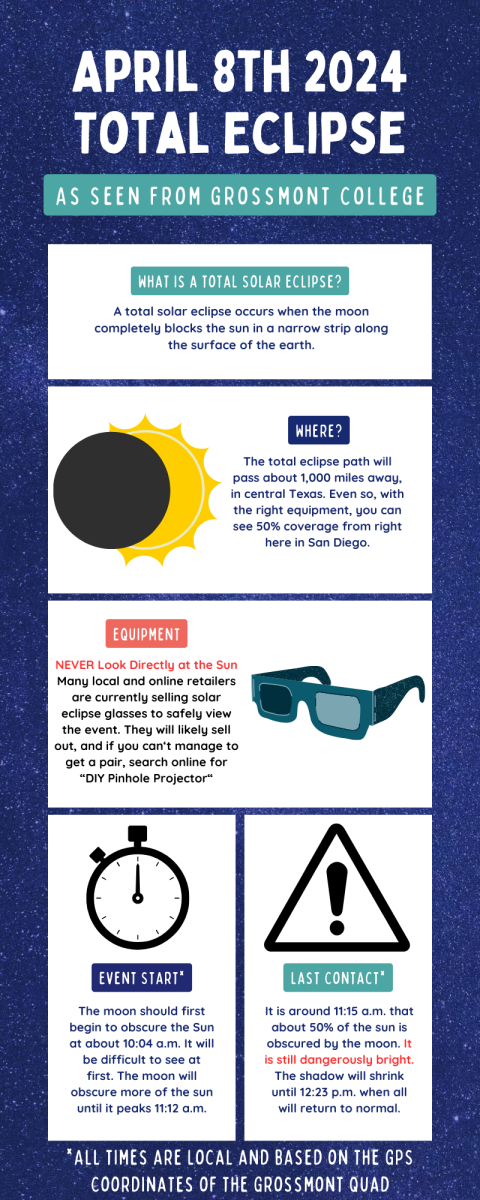
Eclipse Viewing
The event is known as a total solar eclipse, but from San Diego or anywhere in Southern California, the moon will only half-block the sun. This is a result of the path the eclipse is taking across the surface of the Earth. The full shadow of the moon will make landfall in North America at the southern end of the Mexican state of Sinaloa. It will make its way northeast through Central Texas, where it will be at its closest to Grossmont College, about 1,000 miles away.
The advantage of being so far from the center of the shady action is that practically anywhere in San Diego County has the same view and the eclipse can be seen from the comfort of home. Additionally, viewing parties may have more equipment than most people can put together in a few days. In addition to the Grossmont event, residents can find parties throughout San Diego, including the Fleet Science Center in Balboa Park.
The exact times the eclipse can be viewed can be derived from inputting your expected viewing location into one of the numerous calculators on the internet. NASA has a nice one that is integrated into a map.
Assuming a position precisely at the center of Grossmont’s main quad, one will see the first signs of the moon at 10:04 a.m. The 50% maximum is reached at 11:12 a.m., after 12:23 p.m., it’s too late to see anything.
It’s important to never look directly at the sun. Even with the moon blocking 50% of the sun during an eclipse, the risk of permanent injury remains the same. At the center of the path of the total eclipse, there is roughly a 3-minute period where the event can be viewed by the naked eye. This period will not occur anywhere in San Diego, so make sure to have the proper equipment ready before the day comes. The same dangers of pointing human eyes at the sun come with pointing phone cameras at the sun, so unless a new portable computer is in the budget, it is inadvisable to do so.
Future Eclipses
The science behind an eclipse is complicated. Predicting events in the solar system is one of the classic examples of chaos theory. The fundamental factor that makes a solar eclipse at all possible is the relative size and distance of both the sun and moon as compared to the Earth. The sun is about 400 times larger than the moon, but it is also around 400 times farther from the Earth than the moon, according to NASA. Due to this comic coincidence, it is possible for the moon to fully obscure an object that is on a whole other cosmic scale. Fun fact: one can hold one’s thumb at arm’s length and it will completely block the moon. Size and distance are both important factors in these phenomena.
This event may seem quaint or distant since the total part of the total eclipse is half a continent away. However, even seeing a limited section of the event is rare, on many levels. There are partial solar eclipses a couple of times a year that look like what will be visible from San Diego on April 8. There are annular solar eclipses, which occur when the moon is at a greater distance from Earth in its elliptical orbit so it can not fully block the sun. This happens about once a year. Total solar eclipses occur roughly every year-and-a-half.
An annular – or ring – eclipse on Oct. 14 of last year crossed the western part of the United States and gave a preview of what is to come this year.
Altogether, this decade will feature 15 annular and total eclipses. This number is further reduced by the fact that most of the planet is covered in water. The eclipse happening on Monday will be the last annular or total eclipse to hit the United States for nearly a decade. To reschedule, please make time in the year 2033.
The 2033 total solar eclipse path will only cross parts of Alaska and Russia, so the next time a total solar eclipse will be visible in the continental United States will be 2045.
“It’s a big event and won’t happen for another 20 years,” Fitzgerald said.
One final cosmic detail makes this all a matter of existential beauty. The moon is getting farther away from the Earth and has been for over 2 billion years. In about 316 million years, the relative size of the moon in the sky will have shrunk to the point that there will never be a total solar eclipse again. In the grand scheme of the solar system, the odds against being able to witness this phenomenon are hard to overstate.







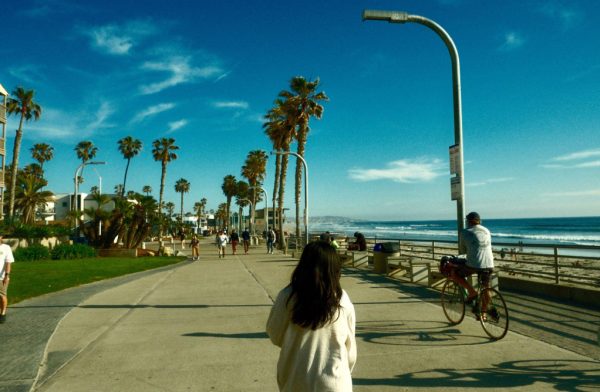
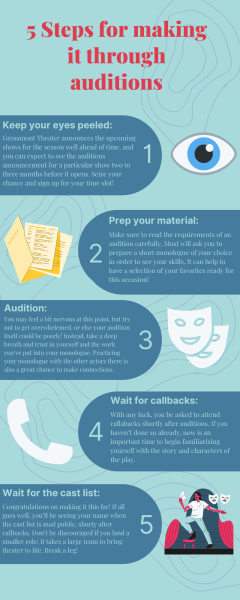
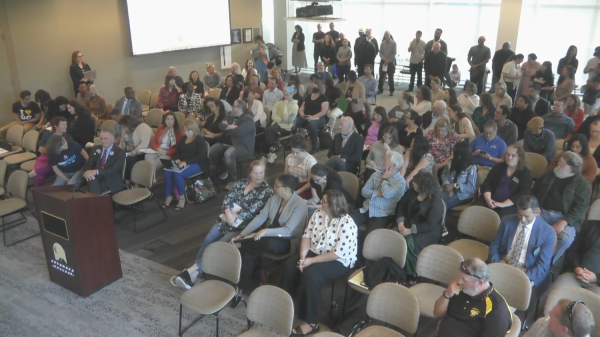


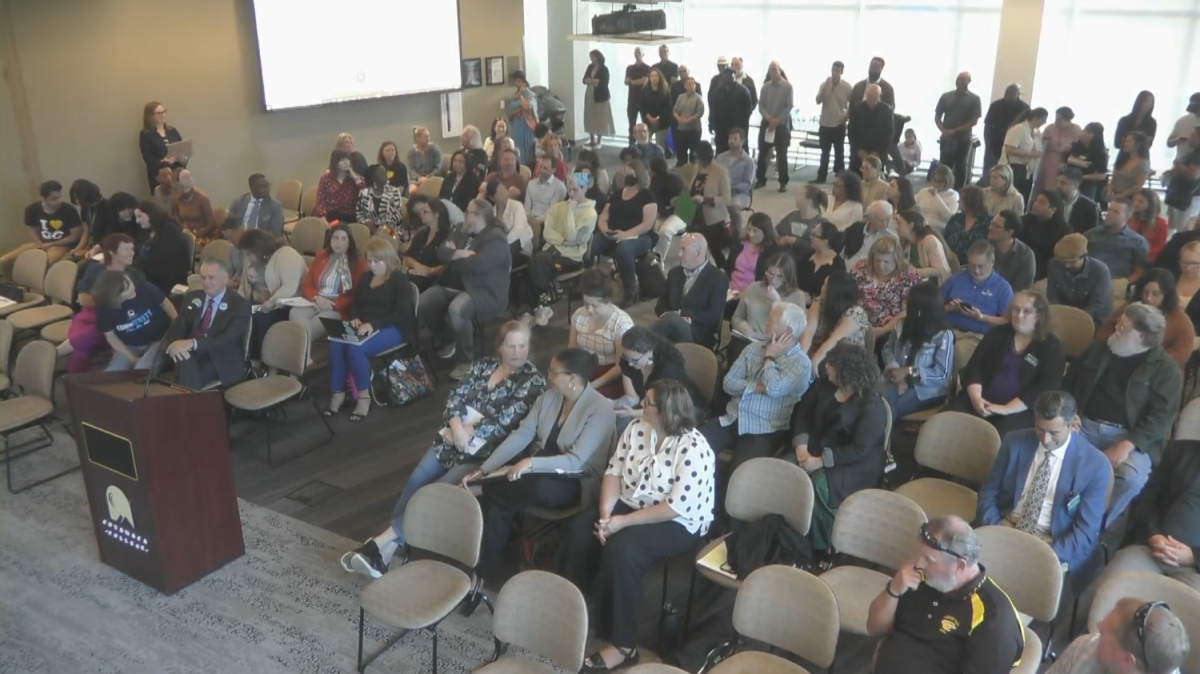






Tiffany • Apr 7, 2024 at 6:12 pm
Wow! So informative and helpful. Great tips on viewing the eclipse safely. Also puts into perspective how dynamic our and changing our sun and moon relationship is to our earth.